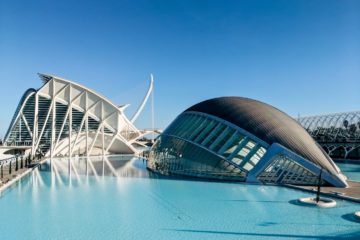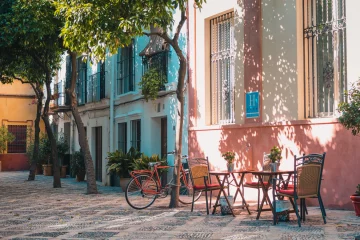Table of Contents
Rio de Janeiro, one of most important cities in Brazil
Rio de Janeiro is one of most important cities in Brazil that is located in the Atlantic Coast, close to the Tropic of Capricorn and it lies on the plains of the western shore of Guanabara Bay.
Rio de Janeiro is one of the cities where the Brazil carnival is celebrated with greater force with schools of samba, Bossa Nova, etc. The city is well known because it has balneário beaches such as Barra da Tijuca, Copacabana, Ipanema, and Leblon, and the giant statue of Christ the Redeemer, one of the New Seven Wonders of the World.
Information about the weather in Rio de Janeiro
Rio de Janeiro weather comprises a wide range of weather conditions. It has Atlantic tropical weather with warm summers and mild winters. Temperatures can rise to over 35 degrees and occasionally exceed 40 degrees in inner city areas. In the most visited areas, the temperature is moderated by sea breezes. The hottest months are December and January and the coldest are June and July. The maximum temperature recorded was 43.8 degrees in January 1984 and the lowest temperature was 4.8 degrees in July 1928. The average annual temperature goes from 18 ºC to 27ºC.
The temperature in urban centers
Due to the high concentration of buildings in urban centers, further from the coast, it is common the occurrence of heat islands, where thermometers register temperatures over 40 ° C during the hottest months of the year. In these and other areas, we can see differences of a few degrees with respect to coastal areas, because of sea breezes.
The two seasons in Rio de Janeiro
In general, the year can be divided into two seasons: One relatively wet and with high temperatures, and another with mild temperatures. The rainfall is during the first half of the year.
Because of its location in front of the sea, there are many ferry services that operate between the RioCentro and Niterói. There is a traditional boat transport called “fast cat” that is a hydrofoil boat.



0 comentarios